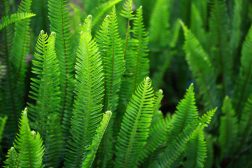Definition
noun
The outermost layer of the epidermis comprised of corneocytes and accounts for most of the protective barrier function of the skin
Supplement
In animals, such as vertebrates, the epidermis is made up of four or five layers (each called stratum). These layers protect the underneath layers of the skin against physical damage, infection, and water loss. In humans, the epidermis consists of the following layers: (1) stratum corneum, (2) stratum lucidum, (3) stratum granulosum, (4) stratum spinosum, and (5) stratum basale or germinativum).
The stratum corneum is a Latin term, which literally means cornified layer. It is made up of about ten to thirty layers of corneocytes. Corneocytes are keratinocytes that have differentiated into polyhedral, anucleated squamous cells through cornification process. When the keratinocyte becomes a corneocyte, it becomes filled with keratin proteins and surrounded by cornified envelope proteins. The corneocytes are held together through corneodesmosomes.
The extracellular space in the stratum corneum is filled with stacked layers of lipids. The structural composition and arrangement of the stratum corneum makes the latter provide an essential barrier against external factors. Proteases degrade cellular adhesion resulting in the desquamation of the topmost layer.
The typical thickness of the stratum corneum is about 10 to 40 μm in thickness. However, the thickness of the stratum corneum may vary depending on certain factors, such as exposure to mechanical stress, which in this case results a thicker and more cohesive layer. In reptiles, the stratum corneum is replaced only during ecdysis or moulting.
Synonym(s):
- cornified layer
- corneal layer
- horny layer
See also:







